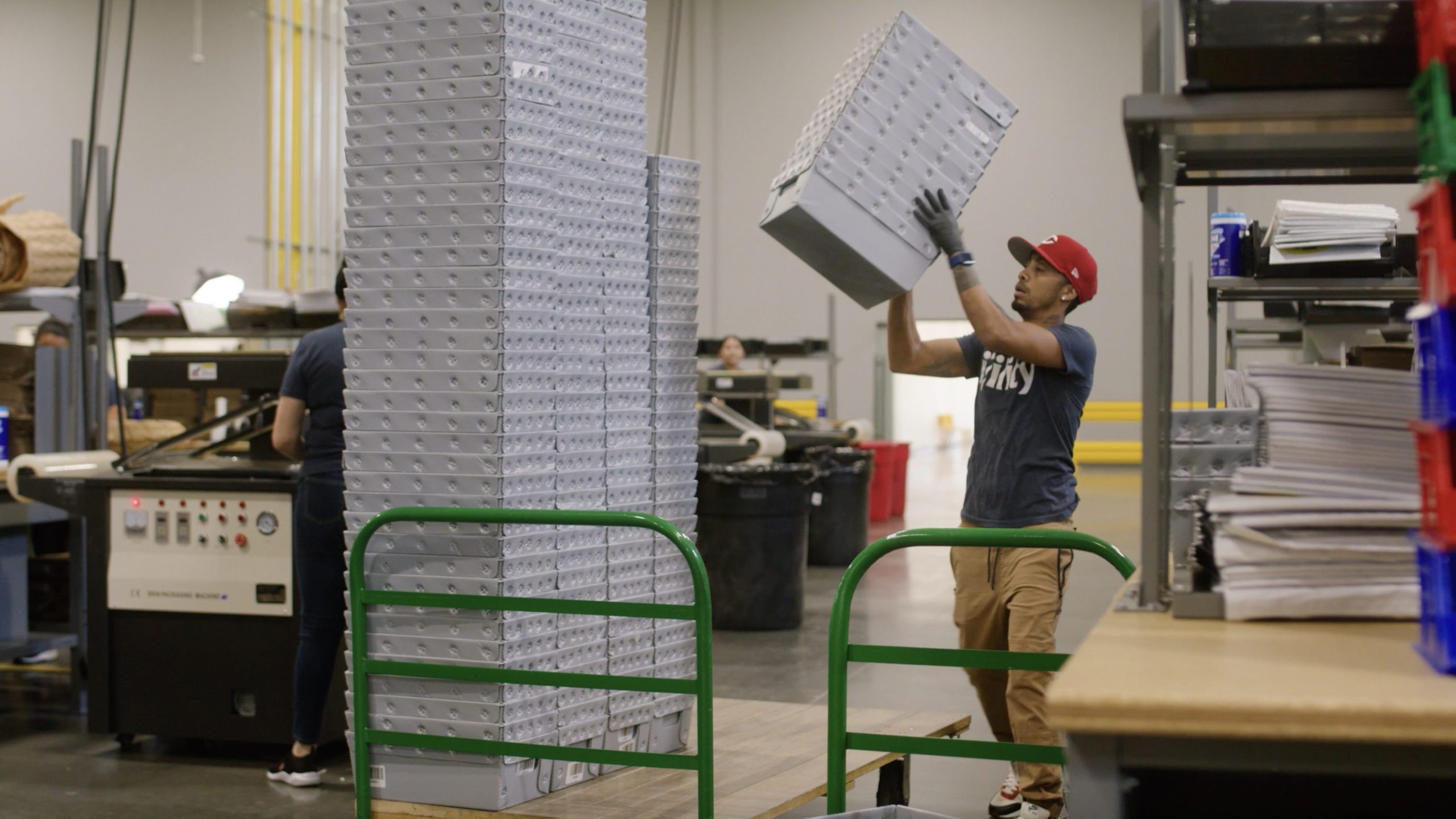
Scaling a business isn't just about growth—it's about sustainable, efficient growth. If your operations aren't keeping up with increased demand, you risk higher costs, lower productivity, and unhappy customers. As an operations manager, your job is to ensure your business scales effectively without compromising efficiency, quality, or profitability. But how can you tell if your business isn't scaling properly? Here are seven warning signs to watch for.
Seven Red Flags to Look For
- Rising Costs Without Increased Profitability
One of the clearest indicators that your business isn't scaling effectively is when costs are rising, but revenue isn't keeping pace. Increased expenses in labor, materials, or logistics should lead to higher output and profits. If instead, you're seeing operational inefficiencies, bottlenecks, or waste, it's a sign that your business structure isn't scaling cost-effectively.
What to Do:
- Audit your cost structures and identify inefficiencies.
- Implement automation and process improvements.
- Consider workforce optimization strategies to maximize productivity without increasing labor costs disproportionately.
- Frequent Employee Burnout and Turnover
If your team is constantly overwhelmed, working overtime, or dealing with high levels of stress, it's a sign your operations aren't keeping up with demand. Employee burnout leads to decreased engagement, lower productivity, and higher turnover—further compounding the scaling issue.
What to Do:
- Cross-train employees to balance workloads.
- Invest in workforce planning to align labor needs with business growth.
- Partner with a workforce solutions provider to ensure consistent staffing levels.
- Inconsistent Product or Service Quality
Scaling should never come at the cost of quality. If your customers start noticing defects, delays, or inconsistencies in your product or service, it's a major red flag. This often happens when businesses rush to meet demand without ensuring quality control measures scale alongside growth.
What to Do:
- Standardize and document quality control processes.
- Invest in training and upskilling employees.
- Use data analytics to track and prevent quality issues before they escalate.
- Struggles with Inventory and Supply Chain Management
Are you constantly running out of stock or overstocking products that aren't selling? Supply chain inefficiencies can create major cash flow issues and disrupt operations. As you scale, demand forecasting and inventory management must become more sophisticated.
What to Do:
- Implement demand forecasting tools that use historical data and AI insights.
- Strengthen relationships with suppliers to ensure flexibility.
- Optimize warehouse and distribution strategies to reduce excess stock or shortages.
- Breakdowns in Communication and Processes
As businesses grow, the informal, small-team approach to communication no longer works. If employees and departments struggle to stay on the same page, decisions take longer, errors increase, and inefficiencies multiply. Poor internal communication is a major roadblock to scaling successfully.
What to Do:
- Establish clear workflows and accountability structures.
- Utilize technology (such as project management or workforce coordination tools) to streamline communication.
- Foster a culture of transparency and collaboration across teams.
- Customer Complaints Are Increasing
Customer dissatisfaction is often a symptom of scaling problems. If complaints about service delays, order mistakes, or product issues are on the rise, your business might be growing too fast for its current operational capabilities. Poor customer experience can damage your brand and result in lost revenue.
What to Do:
- Prioritize customer feedback and analyze trends.
- Invest in customer service training and support.
- Ensure fulfillment and service operations are structured to handle higher demand without compromising quality.
- Lack of Flexibility in Workforce and Operations
Scaling effectively means being able to adapt quickly. If your business struggles to handle seasonal spikes, new product launches, or market shifts, it could be a sign that your workforce and operations aren't structured for scalable growth.
What to Do:
- Implement a flexible workforce strategy that allows for quick scaling up or down.
- Invest in technology that supports operational agility.
- Work with a workforce solutions provider to build a reliable, adaptable staffing model.
Final Thoughts
Scaling a business isn't just about growth—it's about growing smart. If you're experiencing any of these seven issues, it's time to take a step back and re-evaluate your operations. By addressing inefficiencies, optimizing your workforce, and investing in the right technology, you can ensure your business scales in a way that's sustainable, cost-effective, and built for long-term success.
About iJility
At iJility, we specialize in helping businesses scale effectively by providing customized workforce solutions that support operational efficiency and long-term growth. Whether you need a flexible workforce model, improved training, or better labor management strategies, we can help. Schedule a discovery call today to learn how we can optimize your workforce for sustainable success.
Author: Mitch Gant


